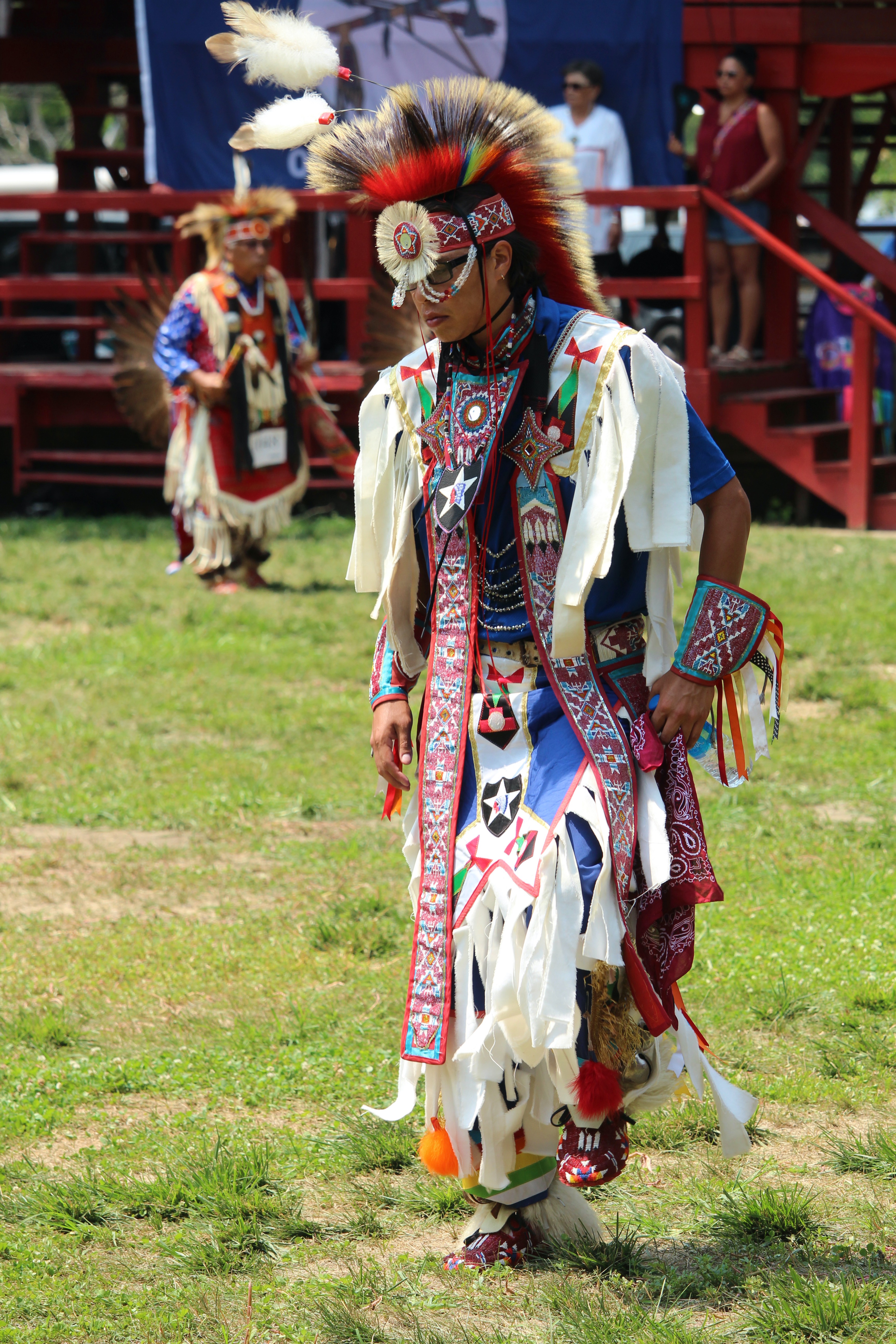The celebration became an annual event following the death of Chief Little Priest as a tribute to the man that wanted to bring peace to his people at any cost. He had joined the U.S. Army to serve as a scout in Company “A”, Omaha Scout, 34th Nebraska Volunteers. He and a group of Winnebago warriors volunteered to help put an end to the Indian uprisings in the Northwest plains. Even though he had to fight against members of other tribes, Chief Little Priest felt it was necessary to bring an end to the conflicts his tribe faced in Northeast Nebraska.
He was wounded outside of Deer Creek Fort in Wyoming by a band of Oglala Lakota and some Northern Cheyenne warriors. His horse was shot out from under him, but he is said to have fought for hours more, holding his ground as a grizzly bear would. His wounds proved fatal after he was taken home to the newly bought Winnebago reservation. He died on Sept. 12, 1866.
The Winnebago Tribe of Nebraska's 156th Homecoming Celebration Pow-Wow will be held July 28 - 31, 2022 in Winnebago, Neb. The four-day pow-wow features traditional songs and dances and traditional food. Open to the public, it draws drum groups, and dancers from all over the country. It also honors all of the tribe’s veterans and service people, past and present.
In addition to honoring heroes, the pow-wow is also a time for the Winnebago people to gather together with family and members of other tribes to pray, sing, dance and share food together.
The Winnebago people have lived in Nebraska since 1863. Many Winnebago families continue to live on their reservation in northeastern Nebraska. The reservation is located in the bluffs of the Missouri River, and is bordered on the south by the Omaha reservation. The pow-wow grounds are served electrically by Burt County Public Power District, headquartered in Tekamah, Neb.
Dance categories range from traditional dancing for men, women and children, and contemporary fancy style of pow-wow dancing. Women traditional dancers wear long, wrap-around cotton or wool skirts with ribbon work designs in floral or geometric designs, ribbon-trimmed shirts with long ribbons down the back. Jingle dancers use tobacco can lids to create shiny cones to decorate their cloth dresses.
Winnebago men wear regalia that identify the type of dance they are performing. Traditional dancers adorn themselves with porcupine headresses, bells and feathers. Fancy dancers wear brightly colored feathers and beadwork. Grass dancers wear long brightly colored yarn.

